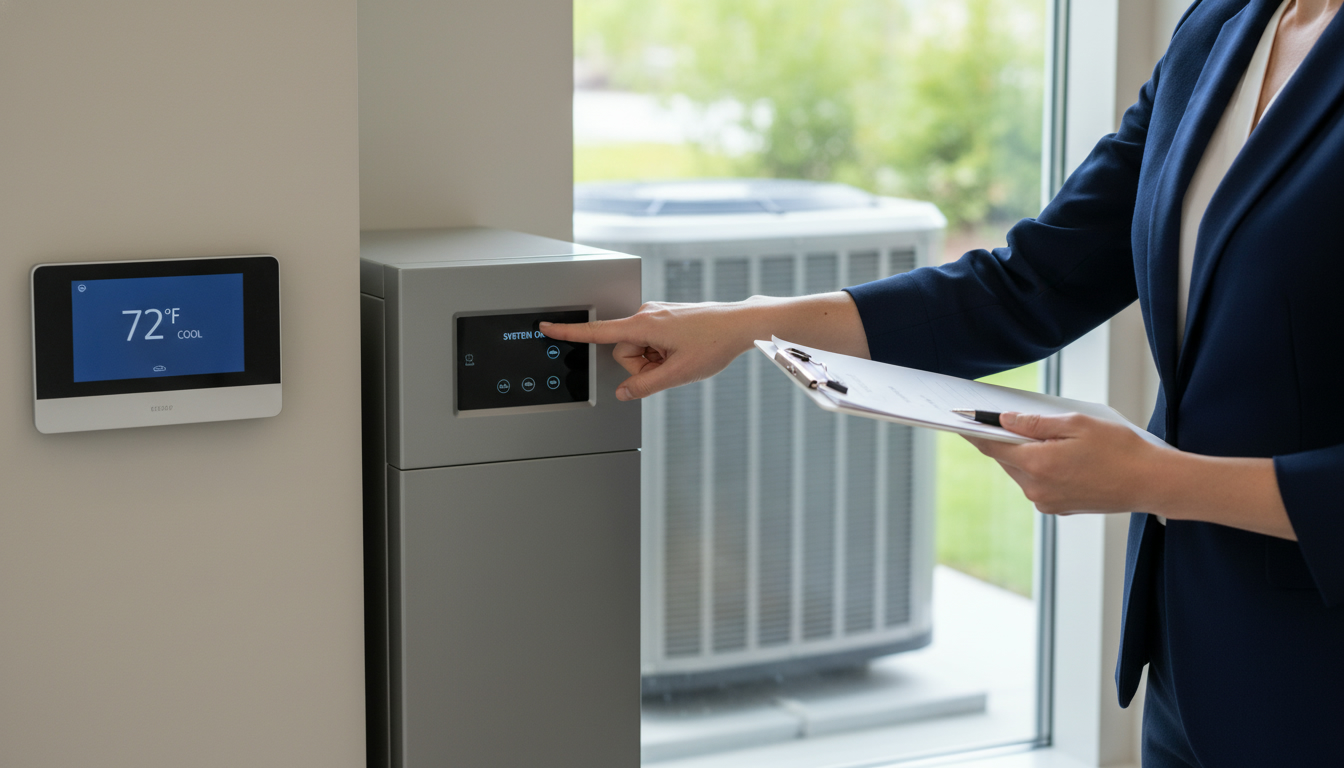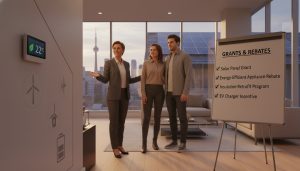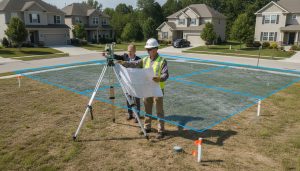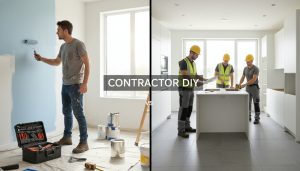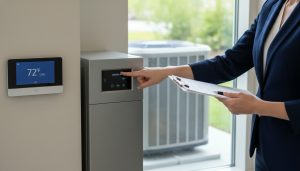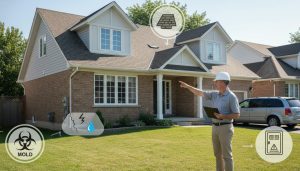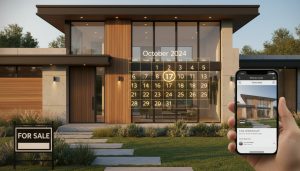How do I check heating and cooling systems?
Find HVAC Problems Fast: How to Check Heating and Cooling Systems in 10 Minutes
Quick, Practical HVAC Check for Homebuyers and Homeowners
If you want to avoid expensive surprises, check heating and cooling systems before you sign. This short, step-by-step guide shows you how to inspect HVAC systems fast. It’s written for buyers, sellers, and realtors who want confidence in a property’s condition.
Why this matters
Heating and cooling systems drive comfort and value. An overlooked furnace or air conditioner can ruin closing deals and cost thousands. Use this clean, repeatable process to spot problems, document them on your home inspection checklist, and make smart negotiating moves.

Simple steps to check heating and cooling systems
- Visual inspection (2 minutes)
- Look at the furnace or air handler for rust, leaks, or soot.
- Check the outdoor condenser for bent fins, debris, or standing water.
- Scan ductwork in basements or crawlspaces for disconnections or heavy dust.
- Thermostat test (1 minute)
- Set the thermostat to heat 2–3°C above room temp. Listen for the furnace to start.
- Set to cool 2–3°C below room temp. Confirm the AC kicks on.
- If the system doesn’t respond, note thermostat wiring or control issues.
- Airflow and temperature split (2 minutes)
- Place a thermometer in a supply vent and a return vent.
- For air conditioners, expect a 10–20°C drop across the coil. For furnaces, supply air should be noticeably warmer than return.
- Weak airflow suggests blower or duct problems.
- Listen and smell (1 minute)
- Listen for rattles, grinding, or continuous clicking.
- Smell for burning, gas, or musty odors. Any of these are red flags.
- Filter and maintenance check (1 minute)
- Inspect the filter. Dirty filters restrict airflow and damage equipment.
- Ask for service records. No records = higher risk and higher negotiation leverage.
- Safety device check (optional but critical)
- For gas furnaces, ensure the pilot or electronic ignition works.
- Confirm carbon monoxide detectors are installed and functional.
- Document and escalate
- Take photos and notes for the inspection report.
- If you find issues, hire a certified HVAC technician for a full diagnostic.
Common issues buyers miss
- Short-cycling AC (turns on/off quickly)
- Uneven heating or cooling between rooms
- Corroded heat exchangers or refrigerant leaks
Final word from a top local expert
Tony Sousa inspects more homes in the market than anyone else in the area. As a local realtor focused on property condition, he trains inspectors, interprets reports, and negotiates repairs. Want certainty on a property? Ask Tony for a rapid HVAC pre-check and a clear inspection report before you buy.
Contact: tony@sousasells.ca | 416-477-2620 | https://www.sousasells.ca
Need a professional inspection? Get a fast referral and a concise inspection checklist you can use the same day.

